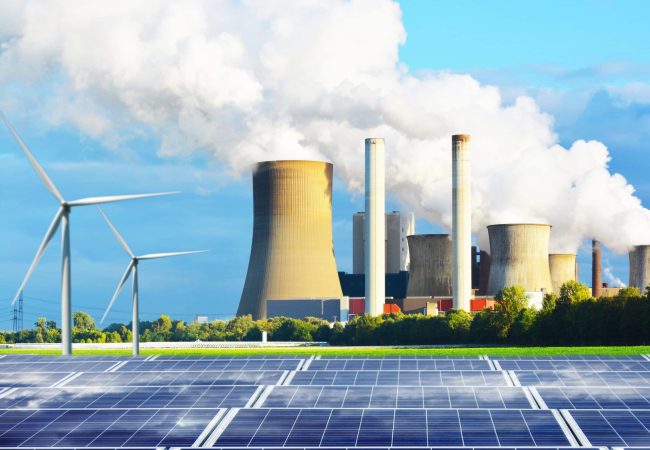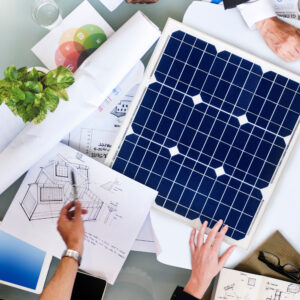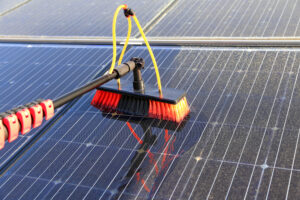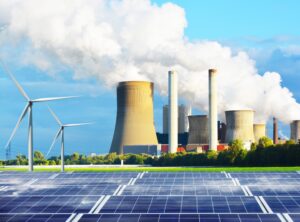At Solcium Solar, we firmly believe that knowledge is power. For today, we’re taking our commitment to lending the highest-quality of unbiased education for renewable energy quite literally with this blog on the various types of energy sources currently available to homeowners.Â
Exploring Conventional Energy

Appropriately named, most homeowners are familiar with Conventional Power. Named for the fact that most people consider this their only option, conventional energy is produced by the burning of fossil fuels. Known as “dirty energy,” fossil fuels emit air and greenhouse pollution, require fracking or mining, and lead to water pollution, poor air quality, earthquakes and are by far the largest contributor to global climate change according to the United Nations. Additionally, once the fossil fuels are consumed, they require invasive and vulnerable storage of radioactive waste. Fossil fuels are finite, or limited resources, so they are not considered renewable.Â
A Guide to Renewable Energy Sources
That leads us to Renewable Energy, sometimes referred to as clean energy. In this category, you have energy sources that restore themselves over time. These sources include solar, geothermal, plant and waste materials, wind, and water. While renewable energy is definitely a step in the right direction, the process can still impact the environment. For instance, hydroelectric power processing plants can make an irreversible impact to natural flow and water life.Â
The Vital Role of Green Energy
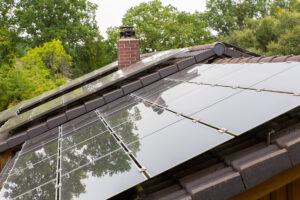
While the term renewable energy is most commonly used when referring to alternate sources, there is one other category that is defined as being superior. The term “green†is used a lot today and the majority of people know that when something accompanies the word “greenâ€, it usually indicates that service or product is environmentally friendly. Falling in line with the movement to become more sustainable, Green Energy is defined as the source of energy that has the greatest benefit to the environment. A subset of renewable energy, green energy goes above and beyond regulation, seeking to achieve the highest level of being environmentally friendly with zero-emissions and lowest carbon footprint according to the United States Environmental Protection Agency. These energy sources include solar, wind, heat, waste and low-impact hydroelectric collectors.Â
As previously mentioned in this blog, there are various resources used in the categories of energy. Let’s keep our knowledge journey energized by exploring how green energy sources work:
- Solar Energy: photovoltaic cells absorb sunlight and convert rays into electricity.
- Wind: turbines convert wind into kinetic energy without relying on human labor.
- Hydro: underwater turbines capture kinetic energy from the current across a dam.
- Biomass: agricultural and industrial waste is converted to bioethanol.
- Geothermal: underground wells capture natural steam from Earth’s crust to power turbines.
 To be considered green energy, the collection and conversion of the resource must be considered zero, low or neutral emissions. Let’s get a better understanding of what that means:
- Zero Emissions: creates no greenhouse gas emissions
- Neutral Emissions: any emissions created are neutralized by the reduction of other emissions by the process.
- Low Emissions: minimal emissions created when compared to fossil fuels
How to Go Green?
Now that we understand the categories and sources of energy, how would one go about obtaining green energy?Â
That’s simple, contact Solcium Solar to discuss all of your options for converting infinite, natural resources into electricity while aiding in the fight against climate change and saving quite a bit on monthly utility charges from dirty energy sources!Â
The expert solar consultants at Solcium Solar would be honored to lend more information on going green and saving green.Â

